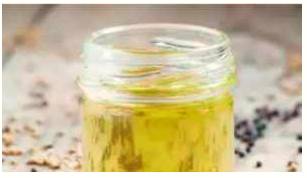
Cooking oil is commonplace in Indian households, transcending cultural barriers that may limit consumption of other items such as protein from some sources. Therefore, when cooking oil prices shoot up, it is felt across-the-board.
In May, retail inflation of cooking oil and fats was 30.84%. To put this rate in context, the overall food inflation was 5.01%.
Inflation in cooking oil is not an isolated occurrence due to a temporary demand and supply mismatch. There is a structural problem here. India is the largest importer of edible oil and the Commission for Agricultural Costs & Prices said that India is forecast to meet 65% of its consumption needs from imports.
This makes the price movement of cooking oil vulnerable to swings in the foreign exchange market for reasons completely unrelated to agriculture. In addition, GoI has levied sizable import duties on this product. In addition to basic import duty, the agriculture and infrastructure development cess on imports of crude palm oil, soybean oil and sunflower oil is between 17.5% and 20%.
The long-term solution, which is to enhance domestic supply, hasn’t seen a satisfactory outcome. Unlike cereals, government procurement of oilseeds has a more complicated route to follow. As the seeds need to be processed for oil, a scheme such as Private Procurement & Stockist Scheme to encourage private traders to procure at MSP was introduced a few years ago. It hasn’t produced results. It’s time GoI went back to the drawing board to come up with a better designed scheme to deal with this problem which cuts into the budget of the poorest of households.



